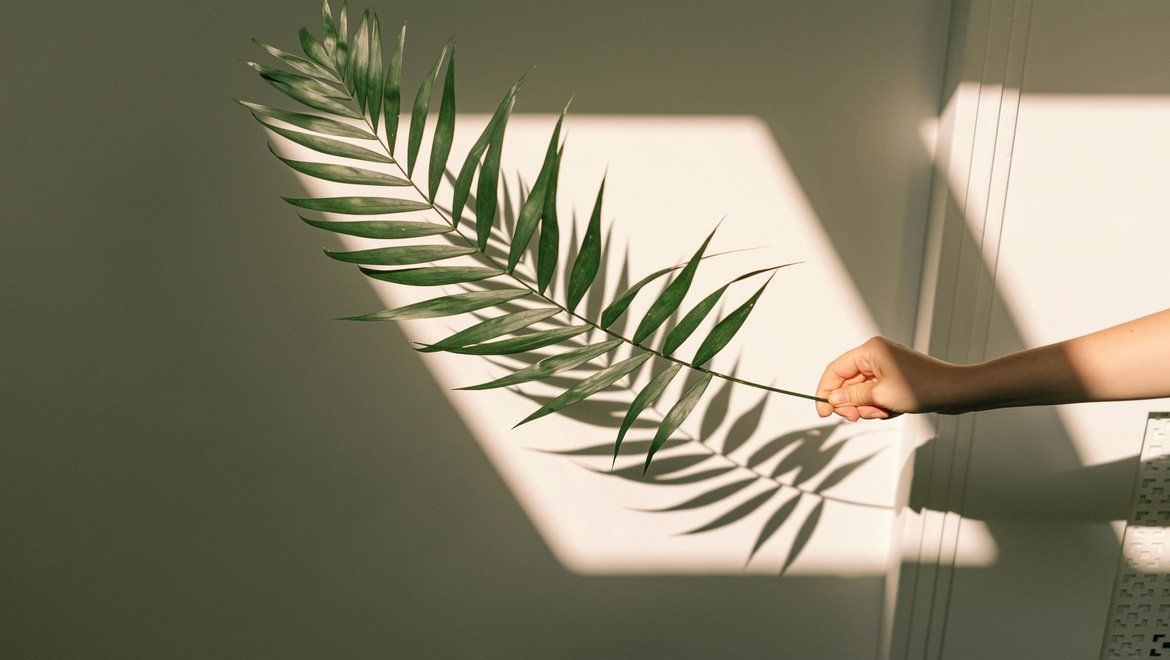- Your cart is empty
- Continue shopping
Plants that need shade have a special place in every gardener’s heart! They bring life to quiet garden corners and beneath trees. Also at places where they are inside homes with indirect sunlight. Understanding which plants are happiest in shade is a must. It helps avoid disappointment from scorched leaves or slow growth.
Here, find natural answers to the most common questions about choosing and caring for shade-loving plants.
Why Choose Shade-Loving Plants?
Many homeowners deal with north-facing gardens, covered patios, or spaces blocked by tall buildings or trees. Shade-loving plants evolved to thrive in such settings, tolerating little direct sun and often preferring moist, cool soil. With the right picks, even the darkest nook becomes a lush, vibrant oasis.
Which Plants Need Shade for Proper Growth?
Below are 10 standout species born for shade, each with unique features and care requirements that suit gardens and homes across all climates.
1. Hosta
Hostas are famed for their striking leaves—bold shapes, subtle variegations, and colors from deep green to blue. Thriving best in deep or dappled shade, hostas are low maintenance. They also flourish under trees or along shaded borders.
2. Hydrangea
Hydrangeas reward gardeners with big, colorful blooms. They prefer filtered light or morning sun with plenty of afternoon shade. Their best flower displays occur in cool, shaded soil with good moisture and periodic feeding.
3. Ferns (Golden Fern, Maidenhair)
Ferns—especially golden ferns and maidenhair—are classic shade dwellers. They need little direct sunlight and do well inside covered patios. They also grow well in woodland gardens, and shady entrances. Their feathery fronds add brightness in low light.
4. Begonia
Begonias bring months of bright flowers to the shade. These annuals excel in hanging baskets, under awnings, or surrounded by taller shrubs. Water regularly, but keep the soil from getting soggy.
5. Japanese Forest Grass
This elegant perennial, also called Hakone grass, forms shining golden mounds, bringing contrast and texture to shaded flower beds. It prefers partial to deep shade and moist soil, thriving well alongside hostas and ferns.
6. Impatiens
Known for non-stop color, impatiens are unbeatable bedding plants for deeply shaded patches. Plant in nutrient-rich, well-drained soil and provide consistent moisture for prolific blooms from spring to frost.
7. Lungwort (Pulmonaria)
Lungwort is a shade perennial sporting silver-spotted foliage and early spring flowers in blue, pink, or white. It thrives in moist, humus-rich soil, making it a favorite in woodland garden settings.
8. Calathea
Calatheas, loved for striking patterns and bold colors, grow best in deep shade, indoors or under verandas in warm climates. They demand high humidity and gentle care but are rewarded with dramatic decorative leaves.
9. Snake Plant (Sansevieria)
Sansevieria, or snake plant, tolerates both deep shade and occasional sun. This adaptable species is virtually carefree, needing little water and rarely suffering from pests.
10. Umbrella Palm
Umbrella palms perform in almost any condition but thrive especially in shade and damp soil. They suit garden ponds, wet garden corners, or containers set out of direct light.
How Can You Care for Shade Plants?
Shade-loving plants need less direct sun but more attention to soil moisture and air flow. Use mulch to retain moisture and avoid water-logging roots with regular checks. Feed them periodically with balanced organic fertilizer. Many shade perennials also benefit from gentle cleaning—remove faded leaves for fresher growth.
Are Flowers Possible in Shade?
Absolutely. Begonias, impatiens, lungwort, and hydrangea all deliver bold, colorful blooms even in low-light conditions. The secret is choosing varieties bred for shade and keeping the soil rich and hydrated.
Should You Mix Shade and Sun-Loving Species?
Combining shade-loving plants with sun-tolerant species usually leads to uneven growth. Avoid mixing these groups in single beds. Dedicate areas beneath trees, behind walls, or along shady walks just for shade specialists.
Frequently Asked Questions
Can You Grow Shade Plants Indoors?
Most shade plants grow perfectly indoors if placed near windows. Filtered light or rooms that get gentle morning sun are their best places to thrive. Calathea, snake plant, ferns, and hosta are popular choices for interior environments.
What Are Signs of Too Much Sun?
Look for faded, scorched leaves, dry or cracking soil, and limp stems. If this happens, move plants to a shadier spot and water as needed.
How Often Should You Water Shade Plants?
Water enough to keep soil moist but not wet. Most species prefer consistent moisture, especially during warm months. Check soil with a finger test to avoid both drought and overwatering.
Final Thoughts: Plants That Need Shade
Plants that need shade prove that gardens don’t need blazing sun to look spectacular. By choosing smart, shade-loving species, gardeners fill every corner with texture, color, and growth—even in the coolest, darkest spots. Experiment with a few on this list and discover your new favorite lush hideaway.
To learn more about plants, follow HariDukaan blog or Instagram handle!

